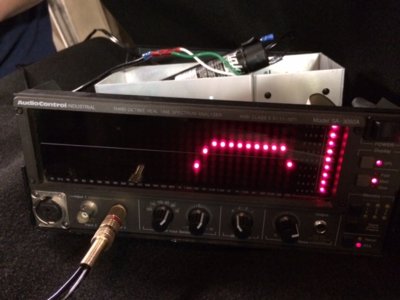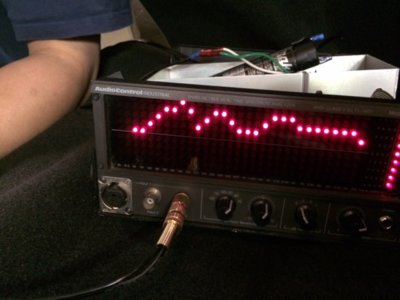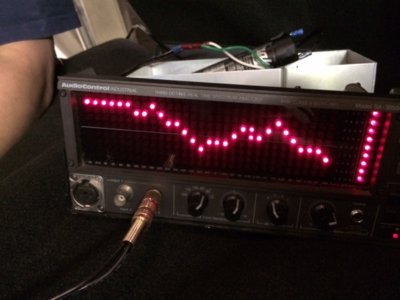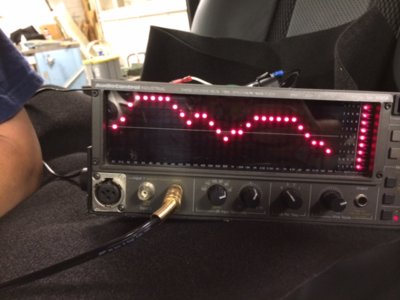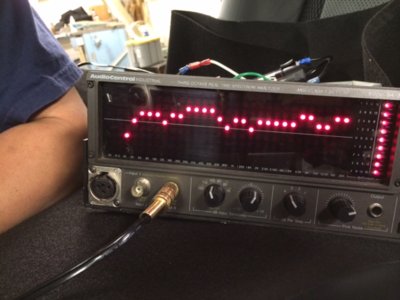as you can see, there is a difference between the mft and the sync systems
look at the tweeter. it peaks at 16,000hz, and steadily declines to 2,000hz and disappears at 1,600hz.
the front door woofer has a huge drop off at 63hz and as you notice, has another drop off in the midbass level. then raises again at the midrange level and finally dropping off at 16,000hz. once again, combined with the tweeter, too much sound in that frequency of our sound system
the rear doors are pretty much a full range signal with the bass once again being dropped off at around 50hz.
and finally the sub. this is the most affected signal throughout our sound system. it pretty much dead ends at 125hz and peaks around 63hz. but dont be fooled by the picture. the higher up in volume, the more the bass roll off comes into effect and you will notice that the frequency on the low end drops quicker. unfortunately i didnt take a pick at 75% and max volume.
---------- Post added at 12:51 PM ---------- Previous post was at 12:37 PM ----------
in conclusion. the 2010-12 guys have it a little easier with tuning due to the more level frequencies. however, it is still a task to get good sound out of the system. the mft on the newer trucks is a little more affected by the oem eq compared to the sync trucks. so when tuning a processor, requires a little more work. the only way to eliminate (i use this term loosely) is with a sound processor. here we recommend the mosconi 6to8 as our processor of choice. when connected, it provides us with the ability to reduce and raise specific frequencies as necessary as we see on out rta. regardless of what system you have, we are all affected by frequency cut offs.
for those of you that have disassembled your trucks will have noticed caps inline with the tweeters. they also filter out frequencies. i will get some shots up with the rta microphone a little later on. but that will reduce the frequency heard from the tweeter as well. no matter what system you have, there is an abundance of midrange in the system. so when you turn the volume up, you are essentially just turning up the midrange. the bass gets filtered out and the highs roll off as well, although not quite as much as the bass.
auto manufacturers put certain restrictions in place to protect the system from destroying itself. these restrictions are what i call an oem auto leveling eq. it automatically levels the eq as the volume changes to keep from blowing out speakers. but, with the right equipment, this can be (almost) removed from the system. no matter what processor you run, you will never completely eliminate the oem eq. however, my truck for example, the oem eq presence is so minimal, you cant tell its there. the volume is linear all the way up with no frequency drops at all.
so when replacing the speakers, the first thing you will notice, is the the sound stage is brighter. this is because the factory cap has been removed when you replaced your tweeter. however, the midbass driver in the door and the rear speakers are still subject to the oem eq. aftermarket speakers may provide you with the ability to handle more frequency and at a louder volume, but it can only play the signal it is getting.
im sure there will be some questions, so fire away. feel free to ask or post


